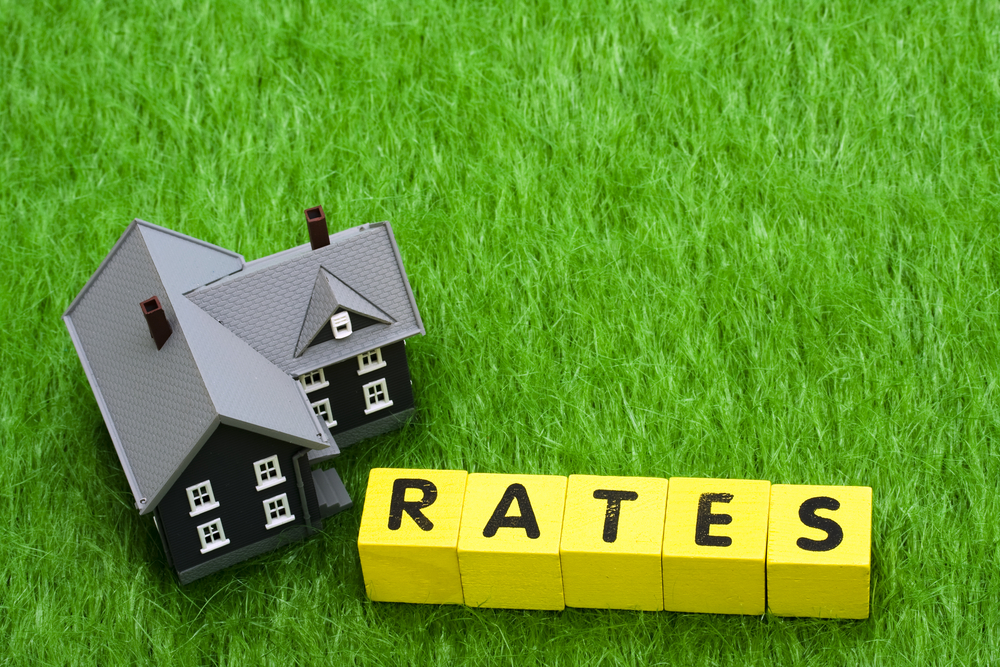
Last year was one of the busiest for the housing market in more than a decade. According to Zoopla, estimates show that there were 1.5 million sales in 2021, with the total value of homes changing hands at £473bn, some £95bn higher than in 2020. As a result, we expect to see HMRC become more proactive on reclaiming owed property tax.
As property transactions tends to involve high values, if there is an issue with VAT it usually involves a significant sum. It is therefore very important that landlords, developers, and home renovators are up to speed with the latest changes.
The residential mortgage relief restriction is in full force
Property investors can no longer claim residential mortgage relief when calculating income tax.
It is tempting to think that a government only levies taxes on the profit that a business makes. Unfortunately, in some instances, it also requires you to pay tax on money that has already been spent on genuine business costs. This is the case for residential mortgage interest in the UK. While the money has been paid to cover the interest charges, you may still have to pay higher or additional rate tax on the income that was used to meet those costs.
With the UK operating a self-assessment system, it may be tempting for some landlords to report the mortgage interest as non-residential or as an ‘other’ expense, getting full tax relief for the expense they have incurred. While trying it on like this may have gone unnoticed in the past, HMRC is getting smarter every year.
With the interest disallowance fully bedded in and more data now available to HMRC’s risk profiling software, it is expected that such practices will become more visible to HMRC, who will open enquiries and penalise taxpayers for their incorrect returns, probably looking back over several years. With more taxpayers moving into the higher rates of tax and HMRC able to cross reference information from external sources, such as letting agencies, any soft landing of the rules must be considered over.
Capital gains tax for residential property transactions can now be paid within 60 days
It cannot be considered unreasonable for HMRC to ensure that taxpayers are paying the correct tax and information is becoming increasingly important in narrowing the tax gap that arises from both evasion and mistake. Information needs to be accurate to be of best use and it should be as simple as possible for taxpayers to provide data in both a timely and correct manner.
It is clearly with this in mind that the reporting requirements relating to disposals of UK property have been relaxed from 30 days to a more palatable 60-day deadline. This relaxation also serves as a reminder to lawyers that there may be tax reporting required for sellers as well as buyers, but with more time to collate the information and obtain the necessary log-ins there is less scope for penalties to be set aside for ‘reasonable excuse’.
Reminder for property developers, new taxes will come into effect from April
From 1 April 2022, 4% will be charged on profits from residential-property development activities in excess of £25m derived in accounting periods ending after 31 March 2022.
Reduced VAT rates have now ended on holiday lets
Don’t forget that the temporary reduced rate of VAT for supplies of holiday accommodation increased from 5% to 12.5% on 1 October 2021. Even if a holiday is taken after 1 October the 5% can still be applied if a tax point is created beforehand.
VAT conversion of commercial to residential – Understand where the 5% rate on dwellings applies
There have been changes around VAT conversion of commercial to residential, and it is important to understand clearly where the 5% rate on dwellings applies. The reduced rate applies to:
-
- Conversion of a non-residential building into dwellings;
- Conversions involving a change in the number of dwellings within the building, for example, the conversion of a house which creates additional dwellings or the conversion of multiple occupancy dwellings into one house
- The renovation of residential property which has been unoccupied for more than two years
However, some conditions do apply. For example, a planning condition that prevents the separate disposal of a dwelling. Such a condition would prevent the 5% applying.
The 5% rate applies to costs such as:
-
- Work to the fabric of the buildings including walls, roofs, floors, stairs, windows, doors, wiring and plumbing;
- The provision of facilities such as water, power, heat and drainage and the installation of fitted kitchen units, sanitary-ware, central heating and light fittings.
- In addition, if the builder undertakes the work and purchases materials on the owner’s behalf, the 5% also applies to materials.
The 5% rate does not apply to professional fees such as architects or surveyors.
Developers should not miss the opportunity to put the difference between VAT at 20% and 5% to their development profit.
A word of caution – builders are inclined to quote VAT at 20% as a default. Always query and question as defaulting to 20% makes the builder’s life easy! We would recommend that builders quoting for work should be asked to confirm that they have consider whether VAT at anything other than 20% might be applicable. Providing a short VAT analysis as part of the tender process could avoid headaches later.
Once converted, there are two options:
- Sell the converted dwellings – the first grant of a major interest in a dwelling converted from a commercial building is zero-rated allowing for VAT registration and recovery of VAT on most costs.
- Rent out the converted dwellings – the letting of dwellings is VAT exempt. As a result of the rent being VAT exempt, any VAT on costs and overheads of the property rental business is not recoverable. Careful structuring can result in full VAT recovery
Watch out for the proposed changes to stamp duty land tax
Currently, if you buy the classic high street property of a ground floor shop with a flat above, you only pay commercial rates of stamp duty. HMRC us proposing that the cost should be apportioned so only the shop benefits from commercial rates, with the flat suffering the higher residential rates.
HMRC is currently consulting on these proposed changes, together with considering changes to reduce the increasing number of incorrect multiple dwelling relief claims. The review is due to close on 22 February 2022.
Purchases of mixed property consisting of residential and non-residential property are subject to lower rates of stamp duty compared to those just for wholly residential property.
Examples of infringements cited by HMRC include leasing of a garage attached to a semi detached house for storage to a third party, grazing rights and use of a paddock attached to a substantial residential property, granting a right of way across the grounds of a country house, even though the path was part of the grounds of the house, or claiming that the purchase of a large property in a rural area which included a small area of woodland (not part of the garden or grounds) was a purchase of non-residential property.
There may be genuine commercial reasons for the conveyance of title of both elements, but HMRC have seen a rise in reclaim agents stretching mixed use claims (the caterpillar) and are seeking to establish “clearer rules [which] will improve administrative efficiency and customer experience. Rather than applying the current statutory rules of the game, HMRC just wants to change them to a new apportionment basis for mixed-property effectively.
A more vigorous citing process is also proposed to those claiming multiple dwellings relief on the purchase of residential property. Understanding the new rules and advising on the SDLT implications of property transactions early will be essential.
Tim Walford-Fitzgerald is a private client partner at HW Fisher



